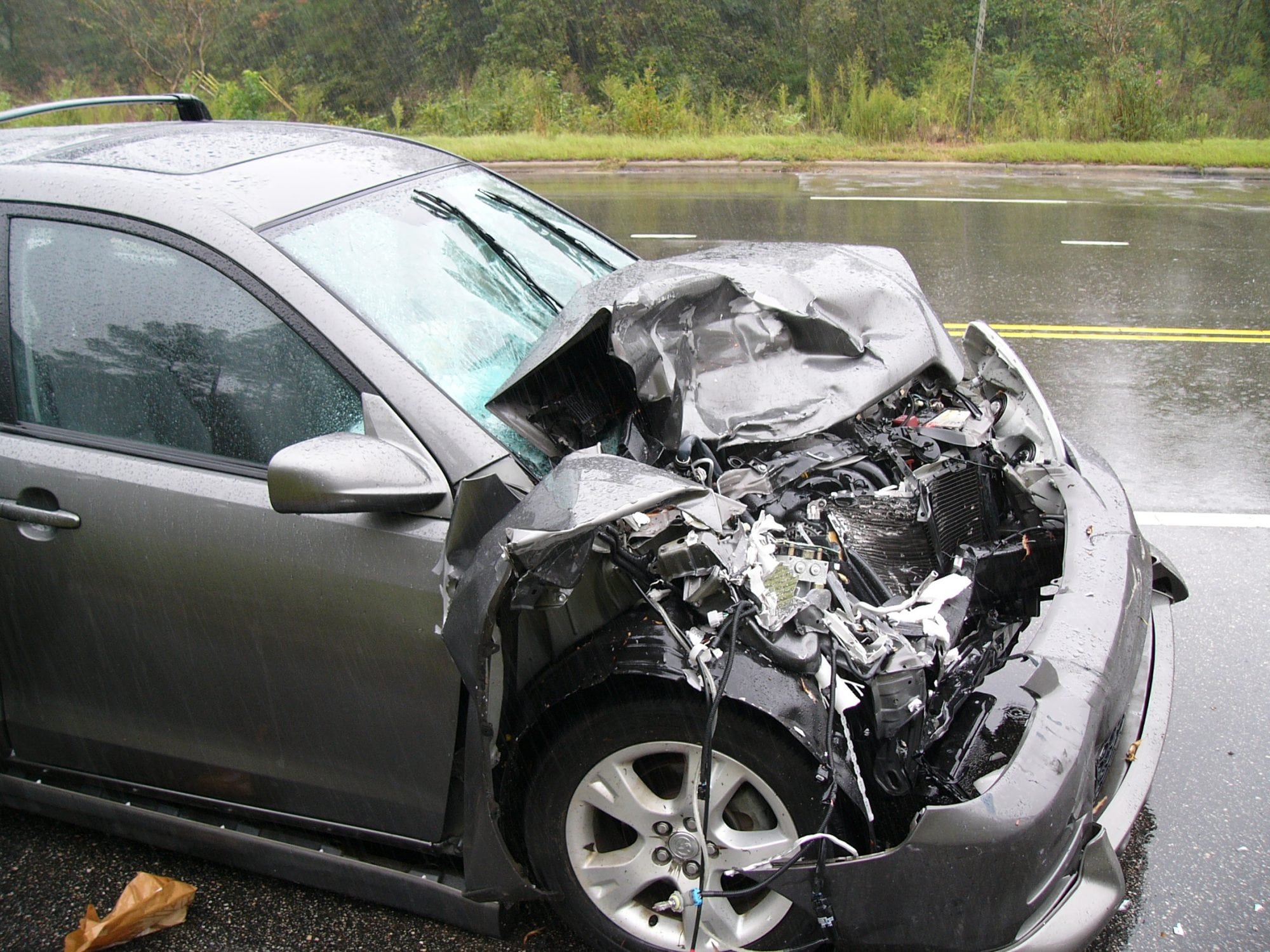The state of Texas is a hotspot in general for car accidents.
How dangerous is it, statistically?
Well, in 2017, there was not a single day without at least one fatality caused by an accident. For the year in question, there were 37211 deaths. This translates to 1.36 deaths for every hundred million vehicles.
The entire Dallas/Fort Worth metroplex is among the most hazardous areas for drivers in the whole state of Texas, and a source of abundant work for any local car accident attorney.
First thing’s first, let’s take a quick look at some DFW car accident statistics for 2017…
Accident Report for Dallas/Fort Worth 2017
The Texas Department of Transportation reported a total of 422,695 accidents in Texas in 2017.
Within the Dallas/Fort Worth area, there were a staggering 122,352 accidents, almost one-third of the total accidents state-wide.
So, the roads of Texas are dangerous, and those in Dallas/Fort Worth even more dangerous.
Let’s take a closer look at the three most hazardous places to drive in DFW:
- Arlington
- Dallas
- Fort Worth
Arlington
- 6,788 total accidents
- 25 fatal accidents with a total of 27 deaths
- 180 serious accidents translating to 212 serious injuries
- 968 non-incapacitating collisions triggering 1,273 non-incapacitating injuries
- 1,736 possible injury crashes reported at the expense of 2,707 possible injuries
- 3,458 incidents of accidents where only property was damaged
- 2,007 crashes with unknown consequences were also reported
The Texas city with the highest percentage of car accidents in 2017 was Dallas, though. Here, there were an astonishing 20 accidents per 1,000 residents, genuinely sobering stats.
Just how bad is it on Dallas roads, though? We’ll let the figures do the talking…
Dallas
- 32,056 total accidents
- 182 fatal accidents with a total of 197 deaths
- 913 serious crashes leading to 1,108 serious injuries
- 3,913 non-incapacitating accidents caused no less than 5,349 people to sustain non-incapacitating injuries
- 7,429 collisions occurred with 13,126 possible injuries
- 17,757 crashes happened with damage to nothing but property damaged
- 1,862 crashes of unknown severity caused 8,771 injuries of an unknown nature
Having shown you the worst of the worst in DFW, we’ll highlight the statistics for Fort Worth next.
Fort Worth
- 16,446 total accidents
- 103 fatal accidents with 110 deaths
- 469 serious accidents were reported involving 592 serious injuries
- 1,552 non-incapacitating collisions injured 2,077 people without incapacitating them
- 3,660 accidents happened with 5,564 possible injuries
- 9,803 crashes damaged property
- 823 accidents occurred with 3,261 unknown injuries
So, it seems there’s no element of doubt that driving on DFW roads is dicey.
More importantly, though, why is the case?
What Are The Most Common Reasons for Car Crashes in DFW
The National Highway Traffic Safety Administration gave the most common causes of car accidents in the DFW area as follows:
- Aggressive driving
- Distracted driving
- Driving too quickly for the road conditions
- Driving while intoxicated
- Failure to conduct proper vehicle maintenance
- Illegal driving maneuvers
- Speeding
When you glance at the above list, there’s more good news: most of these issues are really easy to solve. Drive at an appropriate speed for the conditions in a properly-maintained vehicle piloted by a sober driver and you have every chance of escaping unscathed.
While you can mitigate a great deal of this potential danger by driving safely and responsibly, not all intersections are created equal. You can make your own luck when you’re driving by avoiding notorious flashpoints whenever possible.
Give all of these junctions a swerve if you can find an alternative route…
What Are The Most Hazardous Intersections in Dallas-Fort Worth?
- Belt Line Rd and Midway Rd (Addison, Texas): 263 crashes annually at this intersection
- Coit Rd and the service road of the President George Bush Turnpike (Plano, Texas): crowned as the most dangerous road 2013 by Plano police
- Coit Rd and I-635 (Dallas, Texas)
- Hebron Parkway and Old Denton Rd (Carrollton, Texas)
- Legacy Drive and the service road of the Dallas North Tollway service road (Plano, Texas)
- Park Blvd and Preston Rd (Plano, Texas): (249 accidents in a single year
- TX-121 and Preston Rd (Frisco, Texas): the 8th most dangerous intersection in America statistically
- TX-121 and West Exchange Parkway (Allen, Texas)
So, having seen where you should think twice about driving in Dallas/Fort Worth, how can you generally reduce your chances of having an accident?
How To Stay Safe in Dallas
There are now traffic cameras at the vast bulk of the above intersections. This is a bonus for you, the driver, and insurance companies. You only need to take one glimpse at the figures above to see what a huge issue road safety in the Dallas Fort Worth metroplex has become.
Unfortunately, the amount of construction has changed the structure of many of these intersections and is likely to continue being problematic until the LBJ Express project is wrapped.
You should do everything you can to drive carefully and sensibly, always wear your seat belt, and make certain your vehicle is properly maintained and insured.
The Future
Dallas ranks fifth-highest for fatal traffic accidents of the 25 largest cities in the US.
Roughly $2 billion is required simply to make improvements to existing roadways, but this funding is not in place.
With 50% of serious accidents in Dallas happening on 8% of the streets, the Dallas City Council recently endorsed a program (Vision Zero Wednesday) with the aim of reducing the horrifying statistics above to zero fatalities.
Final Thoughts
Driving is potentially dangerous, period. The good news is that you have the power to drive safely yourself and minimize your risk substantially.
The bad news, of course, is that you can’t rely on all other road users to do the same. If you use the information above to your advantage, though, you can try planning your route to avoid the most notorious accident hotspots.
Stay safe on the roads of Dallas Forth Worth, and let’s see if we can witness slightly less ruinous statistics for 2020!







